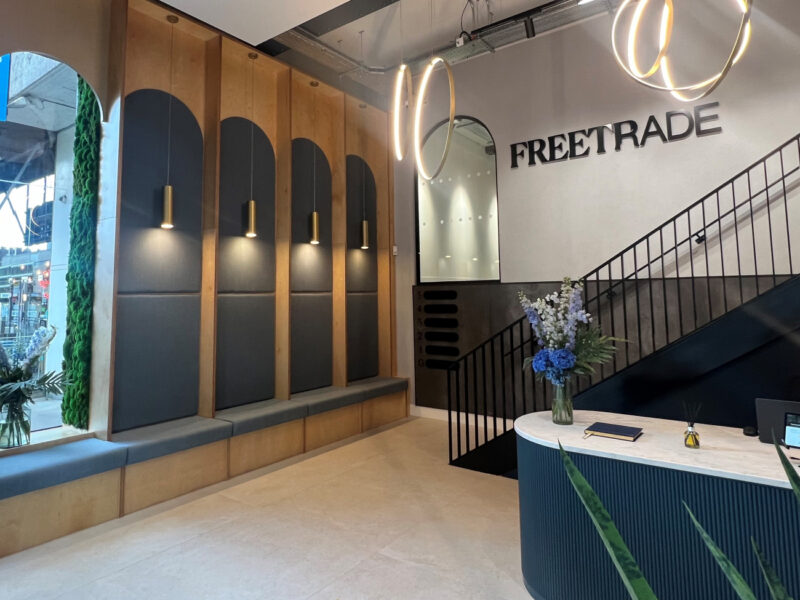Alternatives join the mainstream

Late-cycle market conditions and uncertainty in the face of Brexit are driving more institutions to reconsider their investment options. For real estate investors, this is compounded by the headwinds faced by specific sectors, such as the well-publicised plight of high street retail.
Against this backdrop, you might expect investment to be muted, as investors wait and see how uncertainty plays out. While some investors are waiting in the wings, one real estate sector appears to be less affected by this sentiment – alternative real estate.
Alternatives – from student accommodation to co-working space and healthcare property – were initially viewed as a subsector in comparison with commercial and residential. Yet they are now very much centre stage.
A raft of social, economic and demographic changes has created new investment opportunities, offering potential shelter from market and economic uncertainty and creating a new economy that will grow throughout the cycle.
So what are the opportunities in alternative real estate?
The opportunity for residential property is huge. The UK population grew by five million in the 10 years to 2017, with a growing percentage of people living in urban areas.
The way we use property is also changing. The Department for Work and Pensions estimates that 20% of UK households are now privately renting. This shift to renting shows no signs of slowing and is compounded by issues of affordability, changing demographics and the behaviour of the younger population.
It can be challenging for institutional investors to access build-to-rent property due to the lack of zoned land, so obtaining scale is difficult. But despite low initial net yields, long-term capital growth provides the right dynamics for this strategy to succeed.
The ageing population is also affecting real estate needs in this country. Senior living is a growing and undersupplied market ripe for investment, with consumers demanding more sophisticated, diverse accommodation options in later life.
Opportunities investors should turn their attention to include care homes and retirement homes or assisted living developments. Care homes are in poor supply and lack quality. Retirement homes are often overlooked as a solution to the ageing population, but there is a real opportunity to cater to this increasingly vibrant group.
Millennial demand
In 2018, we saw a proliferation of serviced workspaces. Occupants now demand more from offices, choosing services and amenities that provide convenience and flexibility. This trend is changing the way investors manage traditional office assets and is also affecting industrial and storage real estate.
Institutional investors can benefit from increased demand for this type of community-based accommodation. The long-term sustainability of some of these popular models remains to be seen, but with the right alignment of interests, the co-working trend could be here to stay.
A certain amount of operating risk must be taken on to manage alternative assets, but in the long term, a steady flow of returns can be reaped. The right alternative assets can be repositioned in the market through intensive asset management that ensures real estate evolves to meet consumers’ ever-changing demands.
This article was originally published in Property Week
Other articles.
Let's discuss how we can help you.
Interested in discussing new ventures or current investment opportunities?



